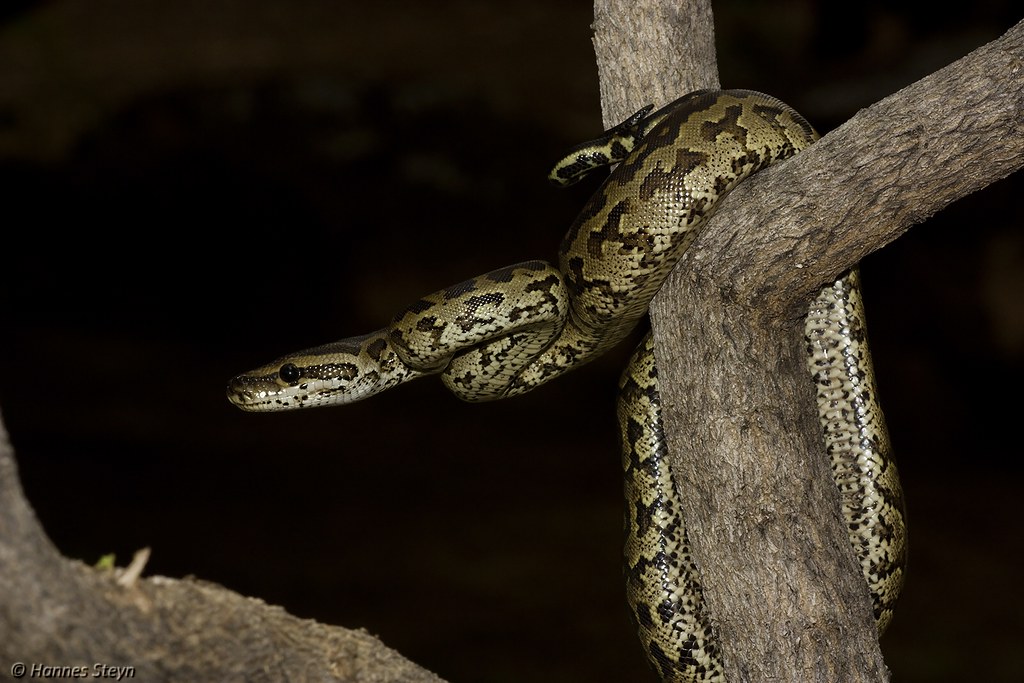
Researchers involved in a unique wildlife project are flying drones in an effort to track invasive Burmese pythons that are infesting the Everglades and other natural areas of Florida.
The work has paired Embry-Riddle Aeronautical University (ERAU) and Warren County Community College in northern New Jersey in the plan to fly drones as a potentially more effective manner of identifying Burmese pythons in the wild. Though it’s not known how many of the snakes have flourished in Florida’s natural areas, experts say there may be as many of 300,000 now.
The average individual measures about 10 feet in length, biologists say, with larger specimen growing up to 18 feet long. The reptiles first turned up in Florida’s trees and within water systems in the 1990s, after some of the snakes imported from Southeast Asia for sale as pets either escaped or were released by owners.
Professors and students from ERAU and Warren have been testing different kinds of sensors flown by drones to determine which might be best adapted to locating the cold-blooded Burmese pythons, which are deft at hiding amid thick tree canopies or under water.
In addition to the creatures representing a growing invasive presence to the Everglades’ natural ecosystem, the snakes are affecting the populations of raccoons, rats, rabbits, and even alligators they prey on. Florida wildlife authorities have decided the reptiles cannot be permitted to proliferate unchecked any longer, and the ERAU-Warren project to improve detection capabilities is logically a first step in controlling their populations.
Though the program is still in its initial phases, researchers say both the altitudes and varying angles afforded by drone flights have improved the onboard tech’s ability to spot Burmese pythons. Images from IR sensors were compared with shots from traditional RGB cameras in trial runs using two carcasses and one live snake to test detection capabilities. They determined aerial monitoring to be more effective than traditional use of cameras at ground level – whose discovery rate is a mere .05%.
Use of drones in the project also allowed biologists monitoring previously radio-tagged Burmese pythons to reach signal-emitting snakes detected by air much faster, improving their odds of reaching the snakes and collecting field date before they manage to slither away.
With additional grant funding coming as part of extending the project, organizers say they plan on increasing the fleet of drones they use to look for Burmese pythons, and begin diversifying the types of sensors loaded on them. There are also plans to outfit the craft with radio receivers, and enhance their performance using artificial intelligence capabilities to enable automation of the detection process.
FTC: We use income earning auto affiliate links. More.



Comments